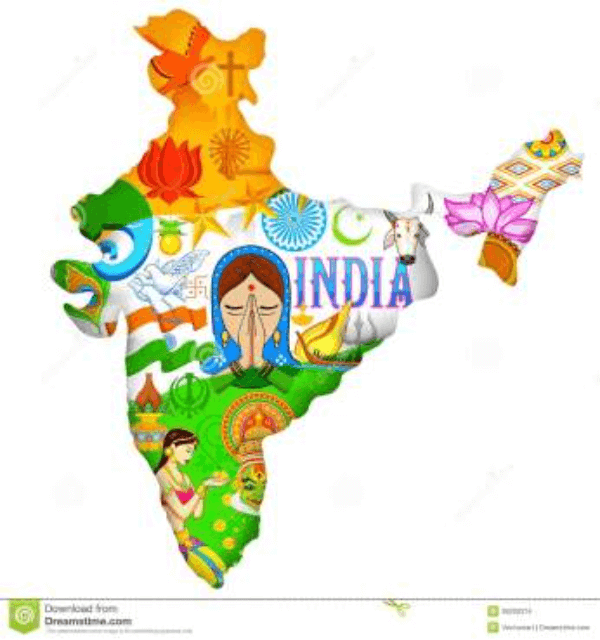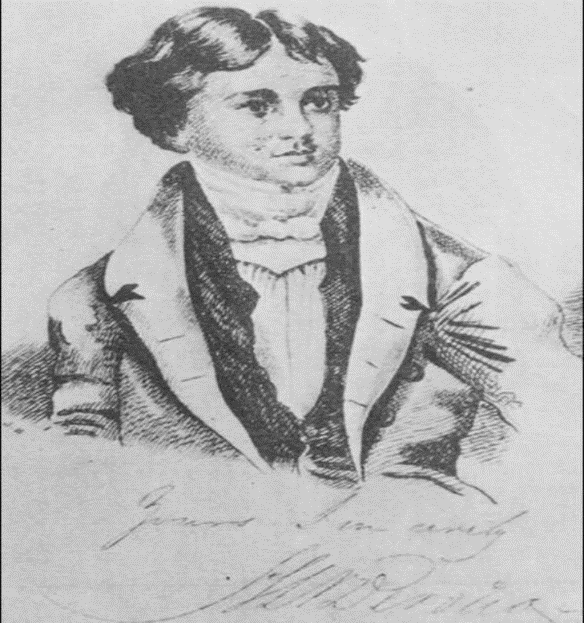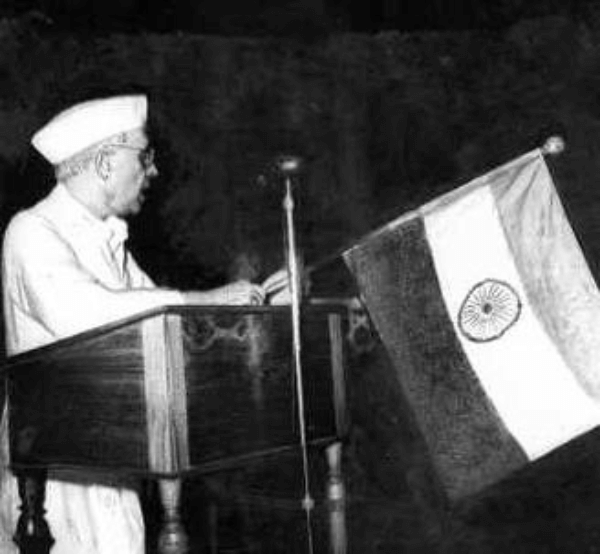To India My Native Land SummaryIntroductionThe poem "To India - My Native Land" was written by Henry Louis Vivian Derozio in celebration of his native India. He was the leader of the Young Bengal movement and played a significant role in the struggle for independence from the British. The poem demonstrates his devotion to India. 
In this poem, the author bemoans the British servitude of India and wishes she may regain her previous glory. The idea behind the poem is quite similar to that of the other poem by the same author, Harp of India. About the AuthorHenry Louis Vivian Derozio was born on April 18, 1809, in Kolkata, India, and went by the name H.L.V. Derozio. The associate headmaster of Hindu College in Calcutta, he was both a poet and a radical thinker. Additionally, he was one of the pioneering Indian teachers who taught Bengali young men about Western knowledge and science. 
ThemeThe text covers a basic theme - the feeling of frustration over how the nation is currently in a state of weakness and has been belittled by foreign forces. This is clearly expressed as a lament, conveying the poet's emotions honestly. Furthermore, it expresses a longing to bring back the fame and fortune that the nation once had. To India My Native Land: ToneThe poem has a strong sense of patriotism that is clear and evident. It expresses a feeling of sorrow, yet it is combined with a determination to make something better. It is a very plain sonnet in its structure, having an octave and a sestet each with distinct topics. The octave talks about the deplorable state that India is currently in compared to its past glory. It establishes a contrast between Derozio's India and India in years past. At the end of the sestet, there is a re-ignition of the emotion which leads to the author attempting to bring back some of the lost grandeur of the nation. This results from looking back to the past and presenting something powerful enough to restore some pride. Popular or especially memorable works often have a quality of subtlety in their form, requiring minimal ornamentation or embellishment. This poem is no exception; in fact, its excellence lies in its apparent simplicity. There is nothing to decipher or decode stylistically from this piece. The message behind "Loving in Truth" by Sir Philip Sydney is one that is about finding the strength to express oneself from within. This style of expression is especially effective in conveying the distress portrayed in the poem concerning the state of India. As a sonnet, this form of composition provides an outlet for the emotions of empathy and sorrow, allowing for the authentic expression of the poet's compassionate response. SummaryHenry Louis Vivian Derozi's book The Fakeer of Jungheera: A Metrical Tale and Other Poems included the poem "To India my Native Land" in 1828. This sonnet employs a variety of symbolic techniques to fascinate current audiences with the poet's ideas. The writer gives homage to his homeland within the poem, utilizing an apostrophe in the very first line. He also personifies his homeland by assigning it a "brow," emphasizing its divine status. The use of synecdoche is what it is. Additionally, it clarifies another aspect. India is referred to as a goddess by the poet using personification. A similar inversion occurs in the third line. The poet poses a rhetorical query in the fourth line. India, the poet's motherland, is portrayed by the poet as a deity. Derozio recalls a time in history when India was a world leader in every endeavor, including the arts, sciences, and architecture. It was a time when India was renowned for its highly developed civilizations and extensive cultural traditions. Men of learning from all over the world came to India to learn and to advance their own civilizations. The poet alludes to the era when the worship of India as a goddess was widespread. 
The British ruled India in this poem. In the best interest of their homeland, the English East India Company and the British government took advantage of India's resources. Consequently, India's condition deteriorated over time. She was in such a dire situation when Derozio met her that he saw nothing in her that made sense. It depressed the poet. That being the case, he asks himself, "Where is that glory? Where is that reverence now?" In the second part of his eight words, the poet compares India to an eagle, the head of all birds. He likened it to a goddess who has a lovely halo or aura encircling her forehead in the earlier portion. This change, in contrast, shows that the poet is now concentrating on the international elements of his nation. The poet portrays the nation as having its wings cut. It is groveling in the sand because of this. It represents the fact that the British government shut down India's development avenues. Derozio declares in the sestet that he will stop all forms of poverty and decay in the nation. He wants to explore the depths of the past. He can discover the nation's long-lost past there. The foundation for the nation's future development is found in its illustrious history. The British emperors denigrated it for conquering Indian ideas. Colonizers can exert long-term control over the colonized by shattering the colonized's faith in their own culture and history. The poet is adamantly opposed to that. ConclusionIn the final analysis, "To India, My Native Land" , it is a stirring ode that encapsulates the emotions of a homesick expatriate for India. Throughout the stanzas, the speaker expresses their woefulness at watching the repressive forces of colonization stifle their country while still in exile. The poem goes on to emphasize the speaker's willingness to contribute to the struggle for India's independence, further emphasizing the importance of strength and solidarity in the face of oppression. With its ardent patriotism and everlasting love for the nation, "To India, My Native Land" continues to inspire generations of people. It is a timeless homage to India's rich cultural legacy, history, and spirit. |
 For Videos Join Our Youtube Channel: Join Now
For Videos Join Our Youtube Channel: Join Now
Feedback
- Send your Feedback to [email protected]
Help Others, Please Share









